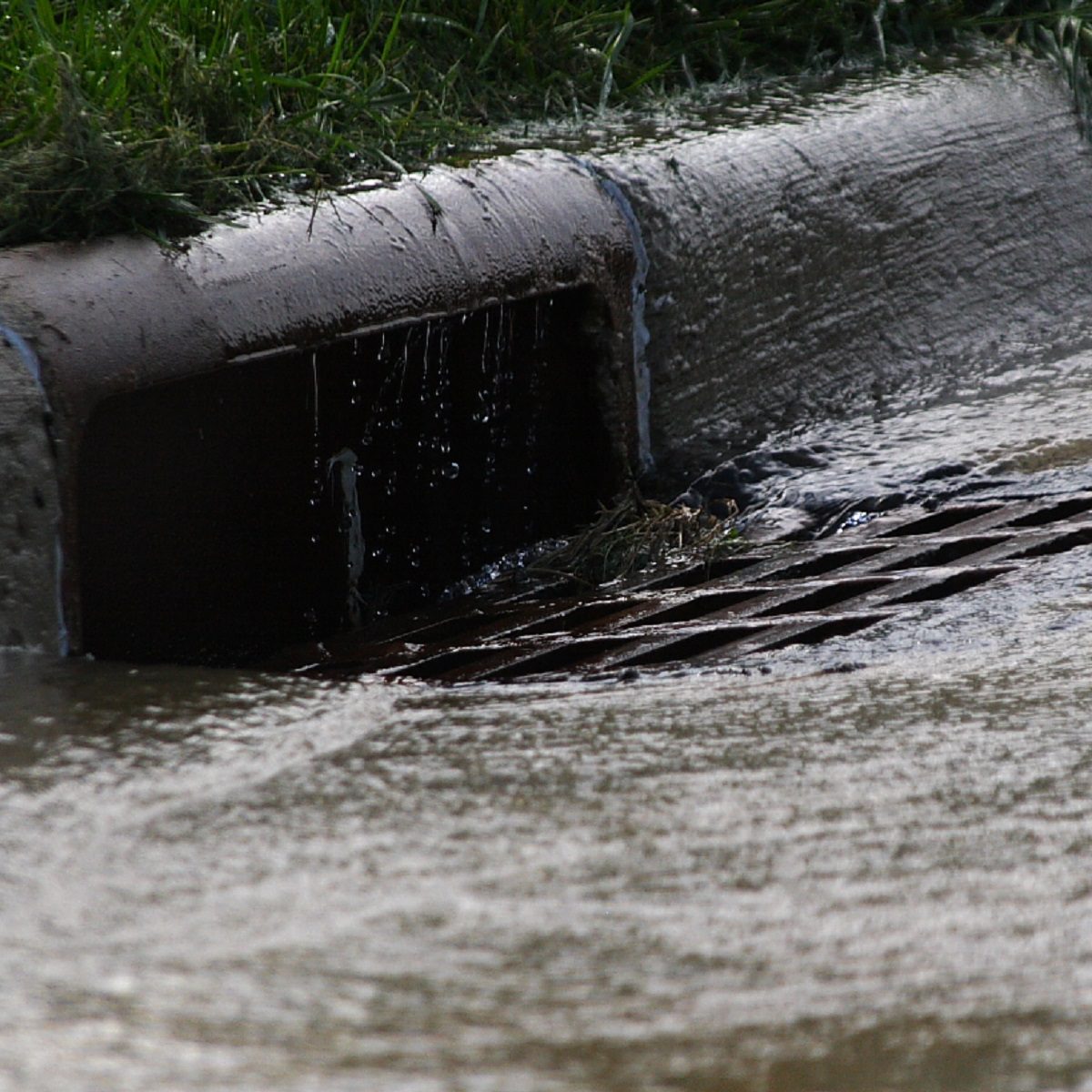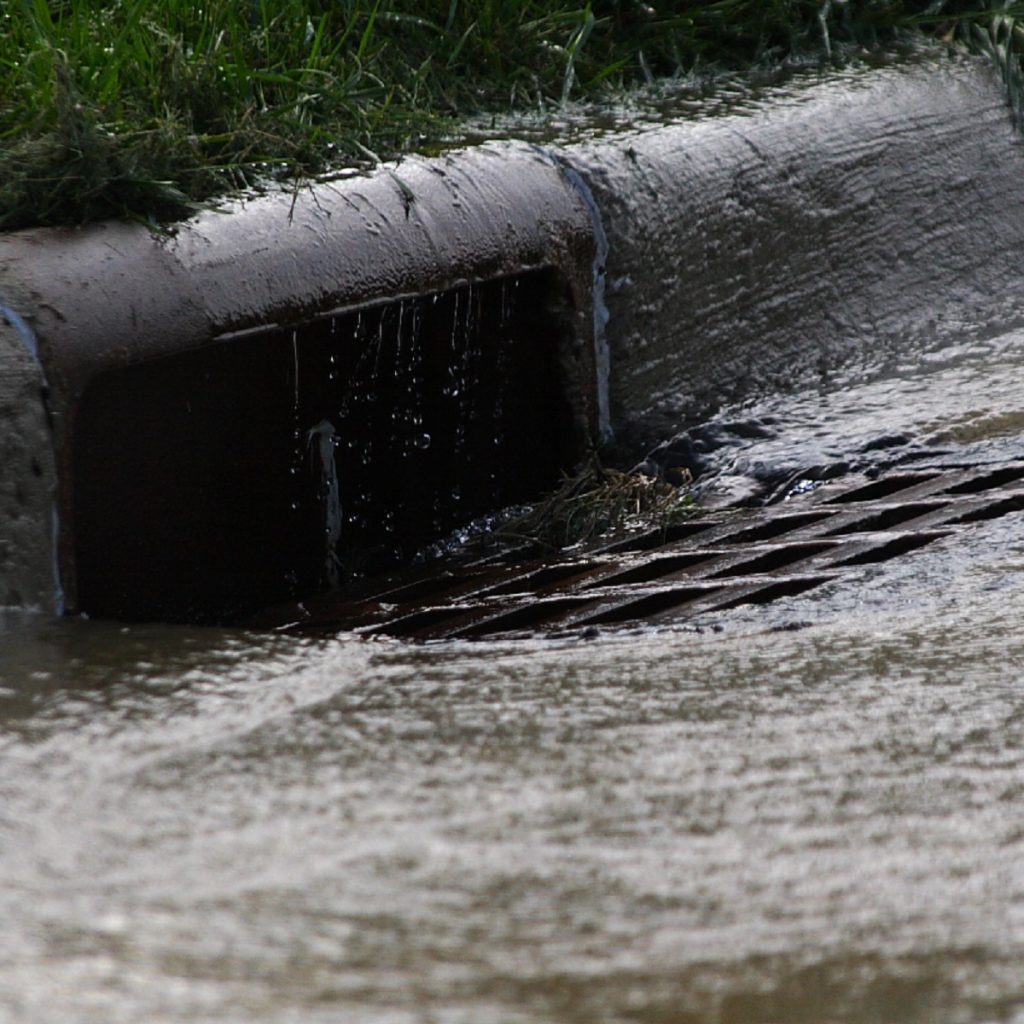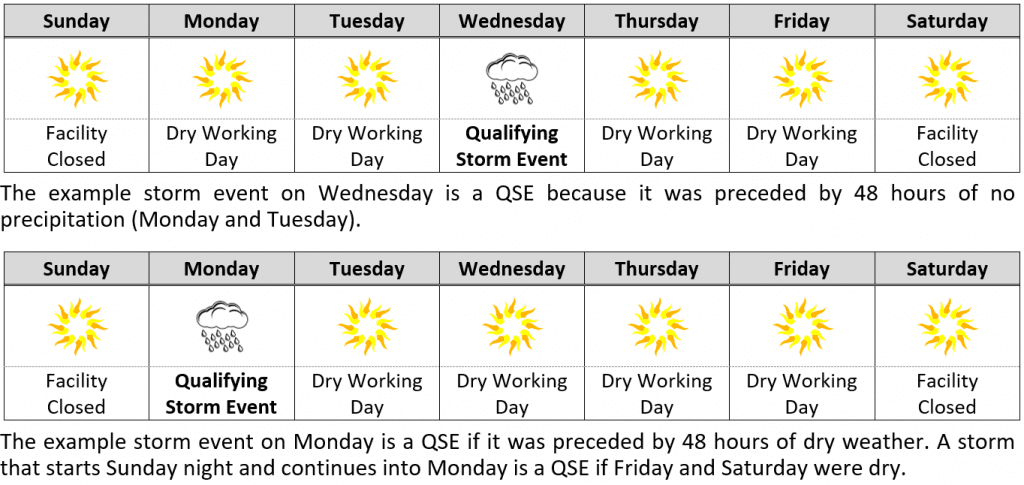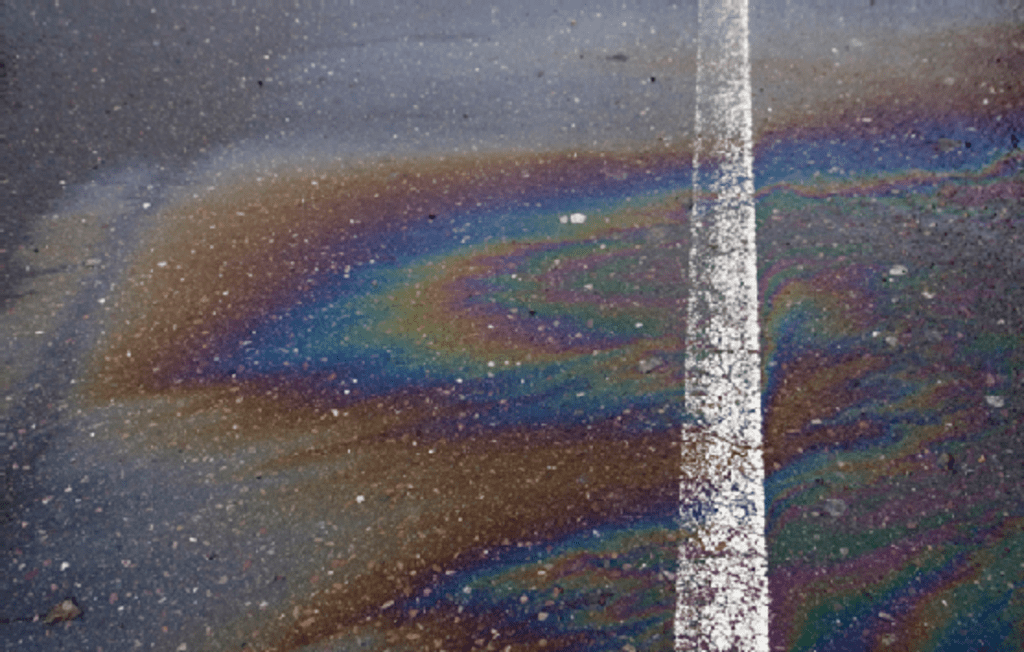
Storm Water Sampling & NES Compliance Groups

Written by: Jason Wunschel, QISP, ToR, NES, Inc.
 Joining an NES compliance group can simplify the often intimidating requirement to perform storm water sampling.
Joining an NES compliance group can simplify the often intimidating requirement to perform storm water sampling.
Storm Water Sampling Guidance
The wet season is just around the corner and now is the perfect time to prepare for collecting samples. Storm water sampling is designed to evaluate the effectiveness of your facility’s Storm Water Pollution Prevention Plan (SWPPP) program by analyzing the types and amounts of pollutants discharging from your site. These amounts are compared to Numerical Action Levels (NALs) outlined in the General Permit to determine if corrective actions are needed.
Storm Water Sampling Requirements
Permitted facilities must collect and analyze storm water samples four times per reporting year from each identified discharge location on the premises. The first two samples need to be collected between July 1 and December 31, and the second two samples need to be collected between January 1 and June 30. Samples must be collected from the designated sampling location(s) within four hours of the start of discharge for a qualifying storm event (QSE).
A qualifying storm event is a storm that produces a discharge (leaves the property) and was preceded by at least 48 hours with no discharge. For example, a storm that discharges on a Wednesday is a QSE if there were no discharges on the preceding Monday and Tuesday. If the QSE started within the past 12 hours (i.e., overnight), affected facilities are to collect a sample within four hours of the start of operation the following morning.

NES Storm Water Compliance Programs
Eligible facilities that join a compliance group can reduce the required number of samples by one half. Since 1999 NES has served as Technical Group Leader for the California Trucking Association Storm Water Compliance Group (CTACG), one of the largest storm water compliance groups in California. Facilities participating in the CTA Compliance Group are only required to collect two samples each reporting year.
Learn more about CTACG and the California Trucking Association Storm Water Program (CTASWP), also administered by NES, on the NES Storm Water Compliance Programs webpage.
Storm Water Sampling Procedures Using NES Kits
Storm water sampling kits are provided to CTACG members for each of the facility’s designated sampling locations. Each kit contains sample collection bottles, guidance documents, prepaid shipping label, observation form, and Chain of Custody form.
When collecting samples, use one complete kit for each sampling location. Do not split kits across multiple drains as these will be rejected by the lab. Samples need to be collected from drainage areas that are representative of the facility’s on-site industrial activities. Refer to the Site Map and Monitoring Implementation Plan (MIP) included in the on-site SWPPP for the designated collection location(s).
Prior to collecting samples, personnel should review sampling procedures outlined in the provided Sampling Guidance Document. Collect samples of discharging storm water in a clean container and transfer into bottles provided in the kit. Fill all bottles in the kit up to the neck and seal tightly.
Analyze pH of discharging storm water using a pH test strip (Baseline facilities for pH) or a calibrated pH meter (Level 1 & 2 facilities for pH) and document pH on the Sampling Event Visual Observation Form. Strips and meters are not provided. Complete the Chain of Custody Form to relinquish custody of the samples to the lab. Include the completed forms and frozen ice packs in the kit when shipping to the lab.
Samples will be overnighted to the lab for analysis using the provided shipping label. Analytical results will be uploaded by NES to the SMARTS Database and provided to the facility contacts. The facility’s Legally Responsible Person (LRP) or Duly Authorized Representative (DAR) must certify and submit results on SMARTS within 30 days.
 Storm water sampling is important for detecting unsafe concentrations of substances hazardous to the environment, such as motor oil.
Storm water sampling is important for detecting unsafe concentrations of substances hazardous to the environment, such as motor oil.
Storm Water Sampling Guidance for pH
Collecting storm water discharge samples can be challenging. A common error found when reviewing storm water sample results is related to proper pH sampling techniques. pH measurements need to be collected within 15 minutes of filling sampling bottles and should be between 6.0 and 9.0. Facilities that collect two or more samples with pH outside of this range will have a NAL exceedance and will move into a higher risk level at the beginning of the following reporting year.
Baseline Facilities
Facilities in Baseline status for pH are allowed to sample pH using litmus paper or a pH test strip. These strips are not provided in the sampling kits, so facilities will be responsible for purchasing and maintaining their own pH strips. Complete the following steps when using pH test strips:
- Dip the pH test strip directly into the discharging storm water – do not dip the strip in the sample bottles as some contain acid that will alter your results
- Match the color pads with the color chart to determine the pH value using the color chart provided with the pH strips (each brand uses different color patterns)
- Record the pH value on the Sampling Event Visual Observation Form provided in each sampling kit
Facilities in Level 1 for pH
Facilities that enter ERA Level 1 status for pH are required to use a calibrated pH meter instead of test strips. pH meters provide more accuracy when sampling compared to strips but require calibration, maintenance, and training. Complete the following steps when using pH meters:
- Calibrate the pH meter before each sampling event by following the instructions provided with the meter (additional training is provided in NES storm water training classes); document each calibration in the provided SWPPP binder
- Dip the calibrated pH meter directly into the discharging storm water, and allow the meter to stabilize for 30-60 seconds before recording the pH value displayed on the screen
- Record the pH value on the Sampling Event Visual Observation Form provided in each sampling kit
Returning to Baseline
To return to Baseline status from Level 1, facilities must first complete the Level 1 Exceedance Response Action (ERA) process, which includes a Level 1 ERA evaluation with the assistance of a QISP, uploading a Level 1 ERA report to the SMARTS Database, and implementing new best management practices (BMPs) to address the pH exceedance. Following the ERA process, facilities must collect four consecutive storm water samples with no pH exceedances before they can return to Baseline for pH.
Changes to the Industrial General Permit
In late 2017 the State Water Resources Control Board (SWRCB) released proposed amendments to the Industrial General Permit for storm water. Permit changes will have a significant impact on facilities that discharge storm water into water bodies with a Total Maximum Daily Load (TMDL). Proposed changes will affect sampling requirements, NAL values, and the exceedance response process.
CASQA Storm Water Conference
NES will be attending the California Storm Water Quality Association (CASQA) annual conference in Riverside, CA. This conference brings together the various Regional Water Boards, State Water Board, regulated industry representatives, and BMP designers to discuss current trends in storm water regulations and where the program is heading. NES will be highlighting this year’s conference in our October Newsletter, which is distributed to NES storm water program members.
Need Environmental Compliance Assistance?
NES has over 30 years of experience tailoring our services to assist with navigating California’s environmental compliance and training regulations. Call us at 916-353-2360 or email at office@nesglobal.net.
For more information, refer to the California State Water Resources Control Board Storm Water Program webpage.
